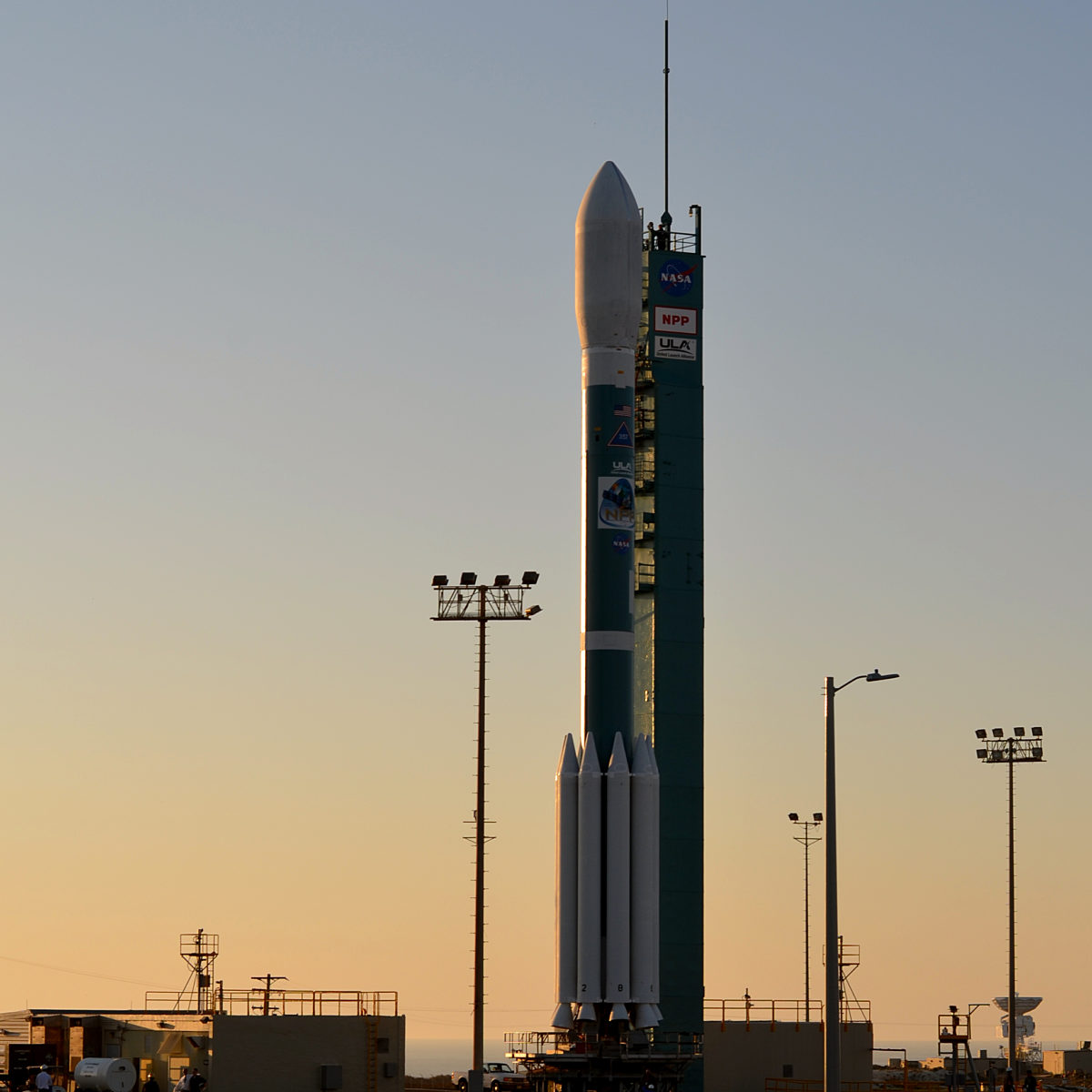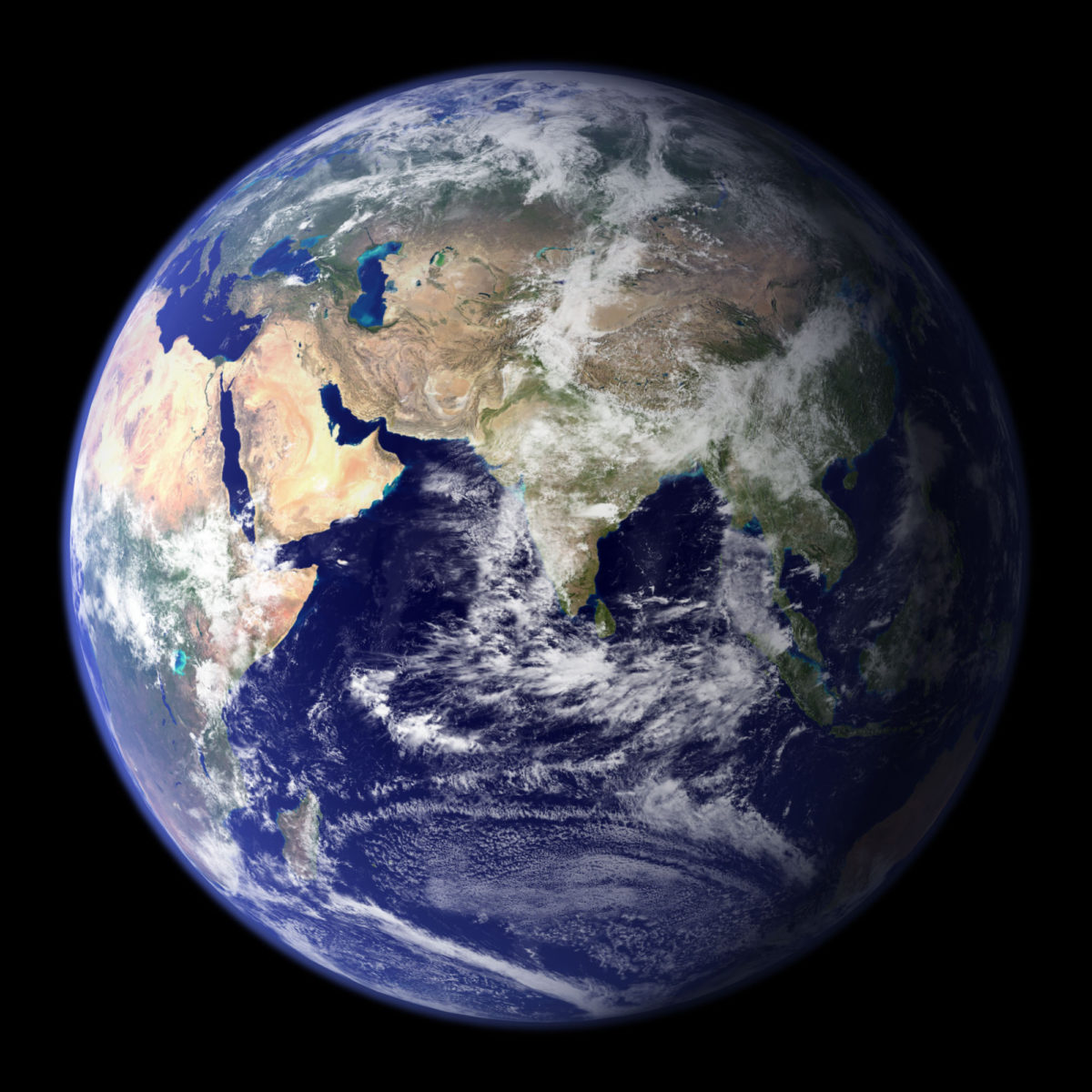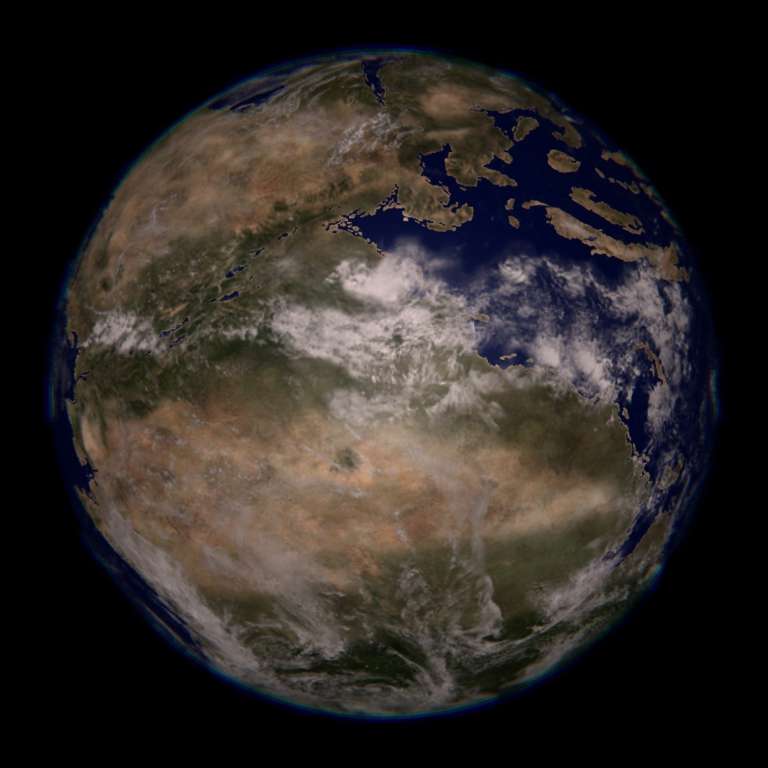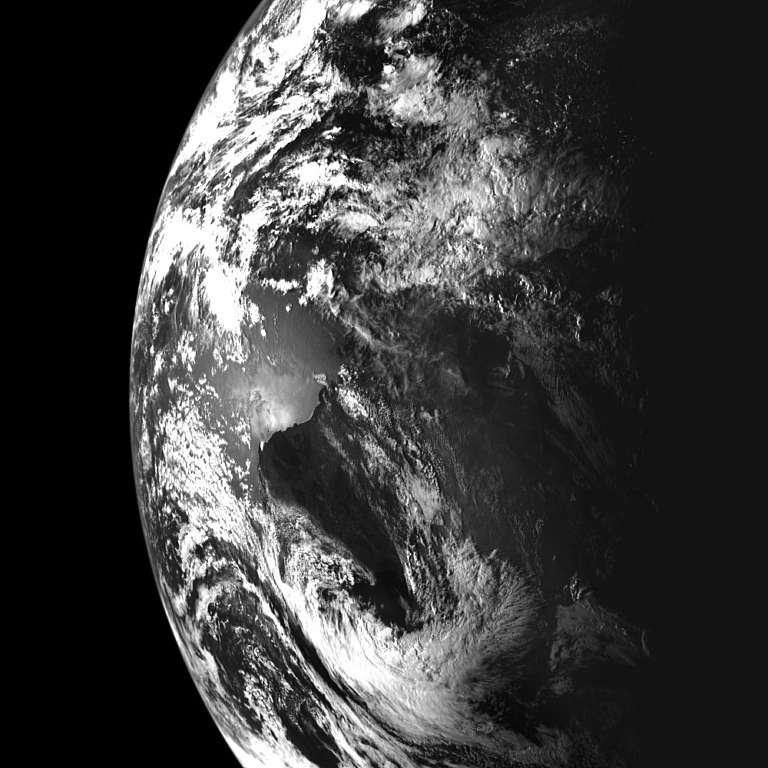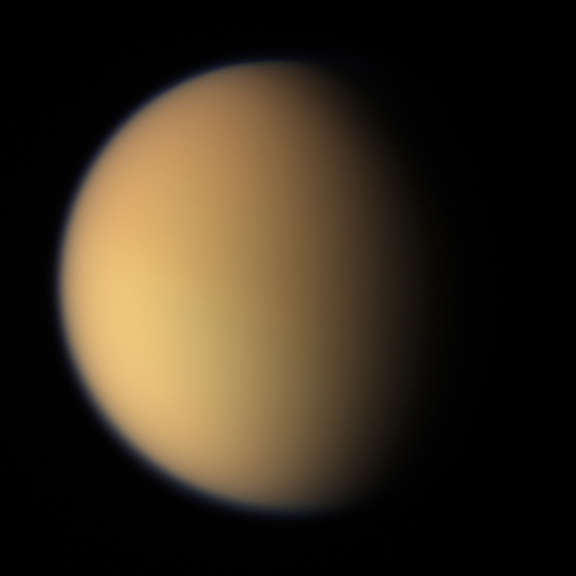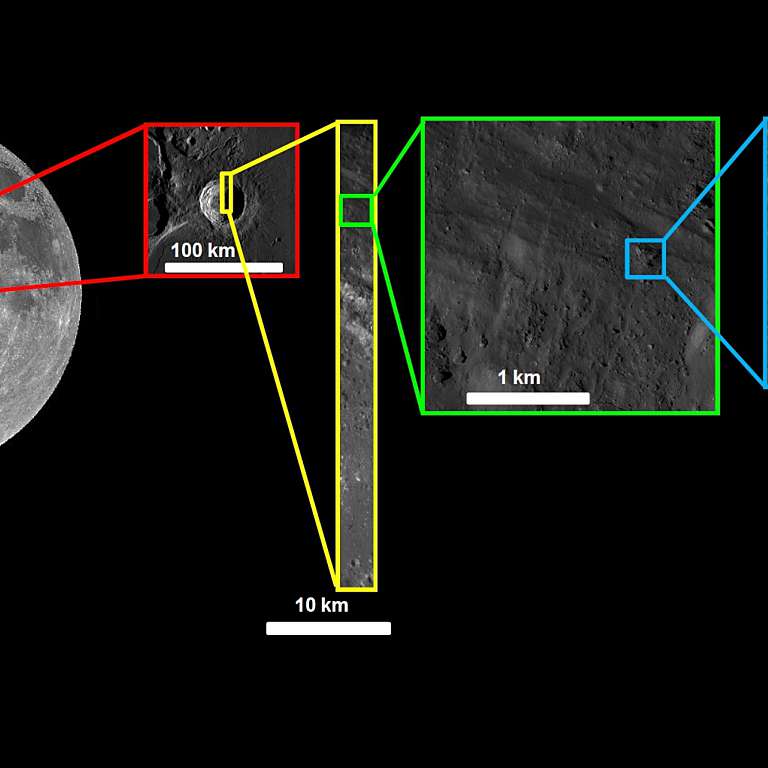All
All
Stories, updates, insights, and original analysis from The Planetary Society.
Earth science's next big thing
Meet the next big thing in NASA's mission to study planet Earth: NPP, the NPOESS Preparatory Project satellite.
Video: Soaring over Earth
This amazing video has already been posted by basically every other space blogger but I can't resist featuring it too, especially because I just realized that it was not made by NASA but instead by a member of the public digging into public NASA archives of image data -- yay for amateurs!
Scale solar system presentation slide, a provisional version for you to review
I'm preparing a talk for the Pacific Astronomy and Telescope Show here in Pasadena on Sunday afternoon at 1:45. I have spent the morning putting together a slide that I have long wanted to have for presentations.
New Lunar Reconnaissance Orbiter photos show Apollo sites in sharpest detail yet
On September 6, NASA released new high-resolution photos from the Lunar Reconnaissance Orbiter (LRO) showing the Apollo 12, 14 and 17 landing sites from vantage points as close as 21 kilometers.
Pretty picture: Earth and Moon from JunoCam
It's always awe-inspiring to see our great world as just a tiny spot within vast space. The latest spacecraft to get such a view of Earth and the Moon is the Jupiter-bound Juno.
NASA thinks Earth is a planet, too
Although much of the publicity NASA receives focuses on planetary exploration, Earth observing satellites like Aqua keep tabs on our home planet's weather and climate.
Origins 2011 conference, part 1
The Origins 2011 conference, which took place last week in Montpellier, France, was dedicated to the origins of life and its occurrence in the universe. At this meeting, scientists from very different disciplines came together to share their ideas.
Citizen Science projects for Planetary Science: Get Involved! Do Science!
Citizen Science projects let volunteers easily contribute to active science programs. They're useful when there is so much data it overwhelms computing algorithms (if they exist) or the scientific research team attempting to process it.
A rare direct hit from a meteorite
Meteorites hit Earth all the time, but they almost never score direct hits on human-built structures (or humans, for that matter). Once in a while, though, direct hits do happen, and it looks like this recent event in Poland was the real thing.
Familiar yet alien ancient views of Earth
I have always found maps of the motions of Earth's continents fascinating, so it is really cool to see some gorgeous new reconstructions of what Earth would have looked like to spaceborne observers over the last 750 million years.
Memo to early risers: Look up!
There is a traffic jam of planets on the eastern horizon in the early morning right now and for the next several weeks, a prize for those of you who have to rise before dawn.
The scale of our solar system
Space.com has taken advantage of the infinitely scrollable nature of Web pages to produce a really cool infographic on the scales of orbital distances in the solar system.
The Moon is a KREEPy place
If you go to a conference about lunar geology, sooner or later you'll hear the term
India's launch site as seen by Japan's Daichi orbiter, now lost
I wrote the following blog entry about an image from Japan's Daichi Earth-observing orbiter last week as one to keep in my back pocket for a day when I was too busy to write, not anticipating that there'd soon be a more pressing reason to write about Daichi. On April 21, after just over five years of orbital operations, Daichi unexpectedly fell silent, and is probably lost forever.
Lovely crater turns up in MoonZoo; 2 million images classified, lots more Moon left
Here's a very pretty picture to start off the week: a really gorgeous fresh crater on the lunar farside. There's nothing particularly unusual about this crater; it's just recent and fresh so there's a mesmerizing amount of detail in the feathery patterns of the ejecta that fans outward from it.
Are there more Titans than Earths in the Milky Way?
Might there be many Titan-like planets and moons, with atmospheres and liquid methane rain, rivers, and lakes, across the galaxy? It's an important question if you think that liquid methane environments could support alien life, because it turns out that Titan-like planets might be more common than Earth-like planets.
Comparing Clementine and Chandrayaan-1 spectra from the Moon
In a paper recently published in the Journal of Geophysical Research, Georgiana Kramer and several coauthors performed a careful comparison of two data sets that seem like they're measuring the same things, so you'd think that the measurements they took would match between the two instruments. But they don't quite match.
365 Days of Astronomy Podcast: What's up in the second quarter of 2011
Regular readers of this blog will find the content of today's 365 Days of Astronomy Podcast familiar, because it's an update on what the solar system exploration spacecraft are up to, based on my monthly
Lovely giant full Moon photo
Here's a photo worthy of hanging on the wall: a gorgeous, 4000-pixel-square portrait of the full Moon captured by Rolf Hempel from Germany on the night of the
LPSC 2011: Lunar Layers
Some recent high-resolution images from the Lunar Reconnaissance Orbiter Camera (LROC) have revealed large blocks on the lunar surface that show evidence of layers. The layered blocks were seen near the crater Aristarchus, which is a bright crater in the northeast quadrant of the nearside Moon.


 Explore Worlds
Explore Worlds Find Life
Find Life Defend Earth
Defend Earth


 Sun
Sun Mercury
Mercury Venus
Venus Earth
Earth Mars
Mars Jupiter
Jupiter Saturn
Saturn Uranus
Uranus Neptune
Neptune Small Bodies
Small Bodies